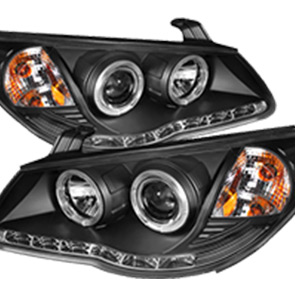Understanding Handbrake Wire Functionality and Importance in Automotive Systems
Understanding Handbrake Wires Importance and Maintenance
The handbrake, also known as the parking brake, is a crucial component in any vehicle, providing the necessary functionality to keep your car stationary when parked. A key part of this system is the handbrake wire, which plays an essential role in ensuring that the handbrake operates smoothly and effectively. This article explores the importance of the handbrake wire, how it works, and tips for its maintenance.
What is a Handbrake Wire?
The handbrake wire, often referred to as the cable, connects the handbrake lever within the vehicle’s cabin to the brake mechanisms at the rear wheels. When you pull the handbrake lever, the cable tightens, pulling the brake shoes or pads into contact with the rear brake drum or rotor, thereby preventing the car from rolling. This simple yet effective mechanical operation is vital for the safety of the vehicle, particularly on inclines or slopes.
Importance of Handbrake Wires
The handbrake wire is crucial for several reasons
1. Safety A functional handbrake transmission system is essential to prevent the vehicle from moving when parked. This is particularly significant for manual transmission vehicles and in situations where the vehicle is parked on a slope.
2. Control The handbrake gives drivers an extra measure of control in various driving situations, such as during emergency stops or when navigating sharp turns. It can help in performing handbrake turns, a technique often used in motorsports.
3. Legal Requirements Many jurisdictions require a functioning handbrake as part of vehicle safety inspections. Failure to maintain this system can lead to fines or vehicle registration issues.
Common Issues with Handbrake Wires
Like any other component in a vehicle, handbrake wires can wear out or become damaged over time. Some common signs of issues include
handbrake wire

- Slacking If you find that the handbrake lever pulls too high before engaging the brakes, the wire might be stretched or improperly adjusted.
- Fraying or Damage Visually inspect the cable for any signs of fraying, corrosion, or other physical damage. A damaged wire can result in a complete failure of the handbrake system.
- No Response If pulling the handbrake does not engage the rear brakes, it could indicate that the wire is broken or detached.
Maintenance Tips
To ensure your handbrake wire operates effectively, regular maintenance is essential
1. Regular Inspection Routinely check the condition of your handbrake cable, looking for signs of wear, cracks, or fraying.
2. Adjust Tension Most handbrake systems allow for cable adjustment. If your handbrake is too loose, consult your vehicle’s manual on how to adjust the tension properly.
3. Lubrication Keep the cable lubricated to prevent rust and ensure smooth operation. Use a suitable lubricant designed for automotive cables.
4. Replace When Necessary If the cable is showing significant signs of wear or damage, it’s crucial to replace it promptly to avoid failing brakes.
In summary, the handbrake wire is an indispensable part of vehicle safety and control. Understanding its function, recognizing potential issues, and maintaining it can help ensure your vehicle remains safe and operable. Regular attention to this component not only enhances your car's performance but also contributes to your overall driving safety.
-
Upgrade Your Vehicle with High-Quality Handbrake CablesNewsNov.01,2024
-
Optimize Your Bike's Performance with Quality CablesNewsNov.01,2024
-
Enhance Your Vehicle's Performance with Quality Clutch ComponentsNewsNov.01,2024
-
Elevate Your Vehicle's Performance with Quality Throttle CablesNewsNov.01,2024
-
Elevate Your Vehicle's Performance with Quality CablesNewsNov.01,2024
-
Affordable Solutions for Your Cable NeedsNewsNov.01,2024
